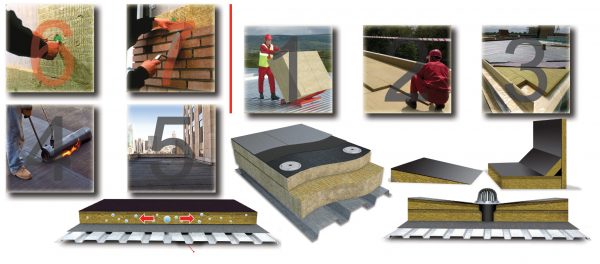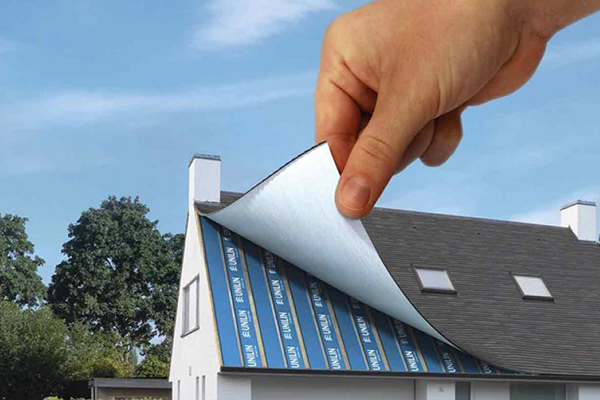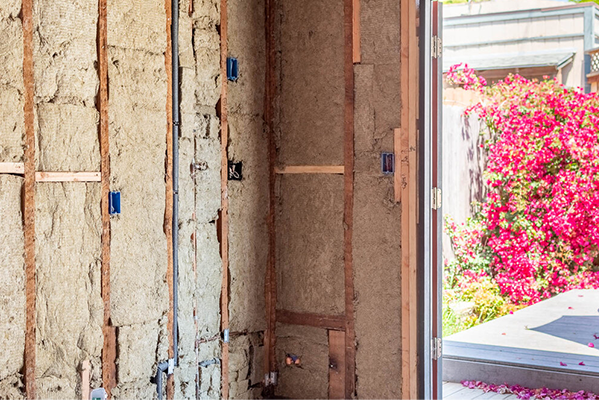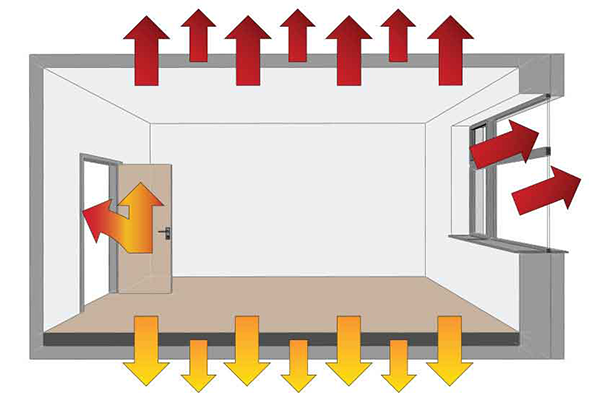– Indoor insulation: this method is by implanting a layer of thermal insulation inside the indoor side of walls.
– Outdoor insulation: this method is by implanting a layer of thermal insulation inside the outdoor side of walls.
Indoor insulation is performed with the intention of minimizing thermal inertia, whereas for the outdoor insulation it is the maximization of thermal inertia. However, the temperature fluctuation inside building decreases and by adjusting temperature in the favorable rang for humans, the temperature will be maintained in the favorable level.Outdoor insulation for those buildings with in constant use such as residential regions is more appropriate. On the other hand, indoor insulation is more suitable for building in temporary usage, especially offices.
Employing thermal insulation in buildings can have significant contribution in the prevention of energy losses; however this is only the case if air infiltration in the building is under control. To put it another way, these two issues must be performed simultaneously to have influence.
Underneath, you can find the schematic installation of insulation in different
parts of buildings.
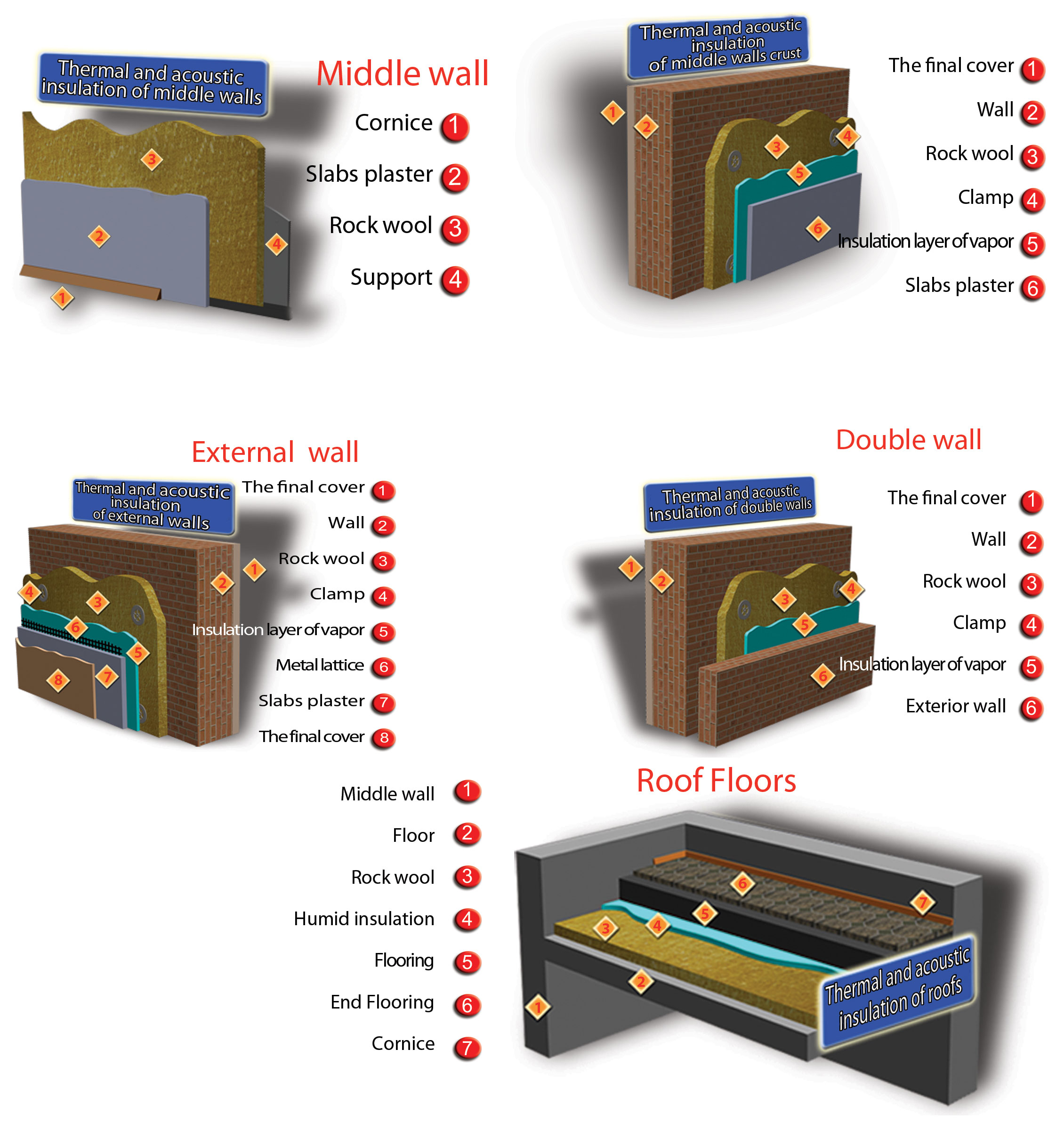
Using rock wool (Slabs) inside indoor and outdoor walls
1-Slabs can be used in two different situations: inside structure-less walls and inside structured walls. For structure-less walls a layer of insulation rock wool covered with plaster is directly connected to the wall using adhesive pastes. The advantage of this method lays upon its simplicity in installation.
2-Rock wool insulation (panel) is implanted inside the metal substructure of structured walls. The advantage of this method is that the possibility of implanting installation equipment is easily provided. For this method of insulation, in general, Panel insulation with aluminum covered on one side or two sides are used.
3-The insulation for outdoor walls is like the separator walls. The gap inside these walls can be filled with rock wool insulation with the intention of energy consumption economization and noise pollution prevention.
Using metal elements in walls results in the occurrence of thermal bridge which can conduct heat through insulation. Therefore, the usage of metal elements which can cause thermal bridges must be limited, instead employing plastic elements are recommended.
Sample of a building insulated against heat, sound and fire
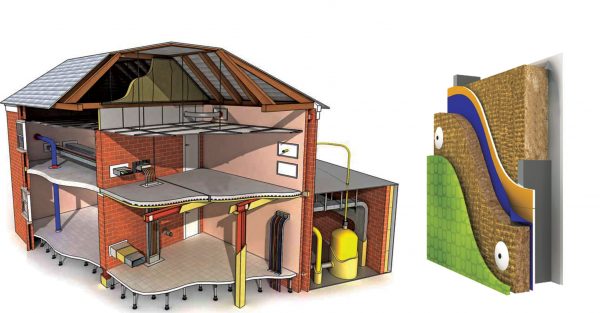
The external wall insulation

The roof Insulation
